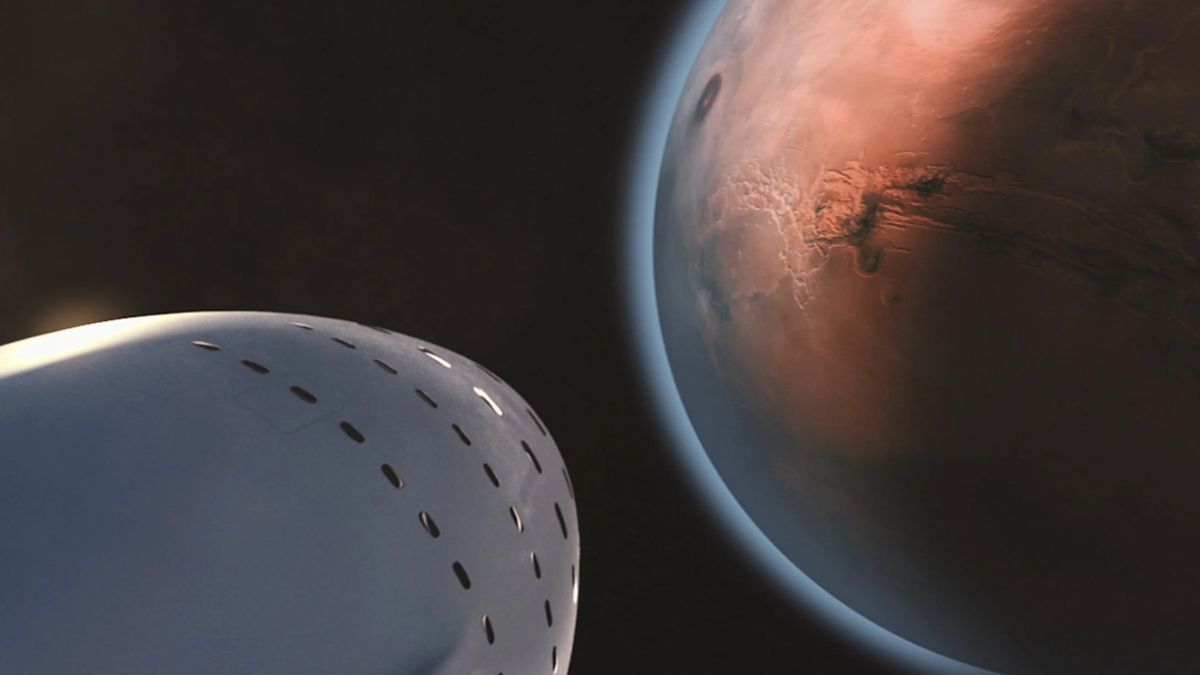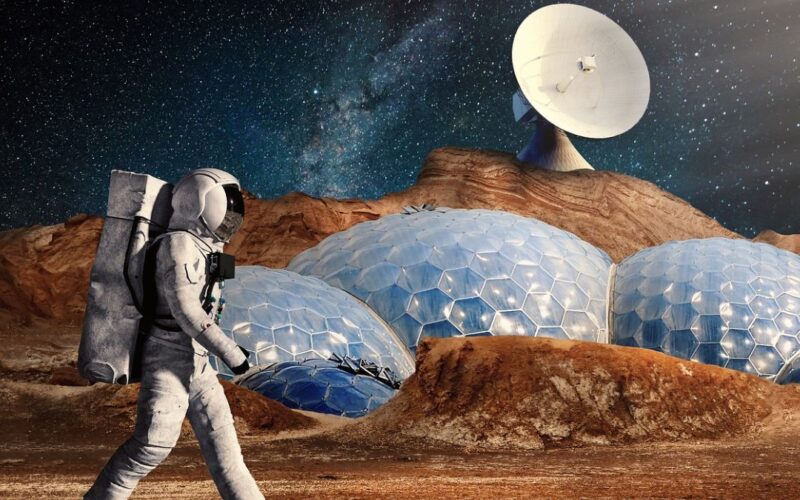Mars, the fourth planet from the sun, has long captured the imagination of scientists, astronomers, and space enthusiasts alike. Often referred to as the “Red Planet” due to its distinct color, Mars has been a subject of fascination and exploration for decades. In this exploration, we delve into 10 intriguing facts about Mars, uncovering the mysteries and marvels that make it a celestial wonder.
The Red Hue of Mars
Mars owes its reddish appearance to iron oxide, commonly known as rust, on its surface. The iron-rich dust and rocks give the Martian landscape a distinct reddish color, creating the iconic image of the “Red Planet.” This phenomenon has intrigued astronomers and stargazers throughout history.
Mars’ Varied Terrain
Mars boasts a diverse and intriguing terrain that includes vast deserts, towering volcanoes, deep canyons, and polar ice caps. Valles Marineris, a canyon system on Mars, is the largest in the solar system, dwarfing the Grand Canyon on Earth. Olympus Mons, the largest volcano, stands as the tallest in our solar system.
Thin Atmosphere and Weather on Mars
The atmosphere on Mars is extremely thin compared to Earth, composed mostly of carbon dioxide. Martian weather includes dust storms, which can envelop the entire planet and last for weeks. These storms are a unique feature of Mars and have been observed by both robotic missions and telescopes from Earth.

Mars Exploration Missions
Various space agencies, including NASA and the European Space Agency (ESA), have launched missions to explore Mars. Notable missions include the Mars Rover missions, with rovers like Spirit, Opportunity, and Curiosity exploring the Martian surface, conducting experiments, and sending valuable data back to Earth.
Potential for Life on Mars
The search for signs of past or present life on Mars is a central focus of exploration missions. Scientists examine Martian rocks and soil for traces of organic compounds and study the planet’s history to understand if conditions were ever conducive to supporting life. The discovery of liquid water beneath the surface has added to the intrigue.
Mars’ Two Tiny Moons
Mars has two small moons, Phobos and Deimos, named after the sons of the Greek god Ares, equivalent to the Roman god Mars. These moons are irregularly shaped and are thought to be captured asteroids from the asteroid belt between Mars and Jupiter.
Potential for Human Colonization
The idea of human colonization of Mars has gained traction in recent years. SpaceX, led by Elon Musk, has ambitious plans for sending humans to Mars and establishing a colony. The challenges of living on Mars, including harsh conditions and the need for sustainable habitats, are areas of ongoing research and exploration.
Martian Mysteries
Mars continues to present mysteries that intrigue scientists. The recurring slope lineae (RSL) observed on Martian slopes hint at possible seasonal liquid water flows, raising questions about the presence of subsurface water. These mysteries fuel the excitement for future Mars missions and scientific investigations.

Martian Dust Devils
Mars experiences frequent dust devils—whirling columns of dust and debris—across its surface. These dust devils can be several kilometers high and play a role in shaping the Martian landscape. They have been captured in stunning images by rovers on the surface.
Martian Days and Seasons
A day on Mars, known as a “sol,” is approximately 24.6 hours long. Mars also experiences distinct seasons, similar to Earth, due to its axial tilt. However, Martian seasons are nearly twice as long as Earth’s due to Mars’ longer orbit around the sun.
Mars, with its captivating landscapes and enigmatic features, stands as a celestial laboratory for scientists and a target for future exploration. As robotic missions continue to unveil the mysteries of the Red Planet, the prospect of human missions and potential colonization adds a new chapter to the story of Mars. From the swirling dust storms to the towering volcanoes, Mars remains a source of inspiration and curiosity, beckoning humanity to unlock its secrets and embrace the challenges of interplanetary exploration.










